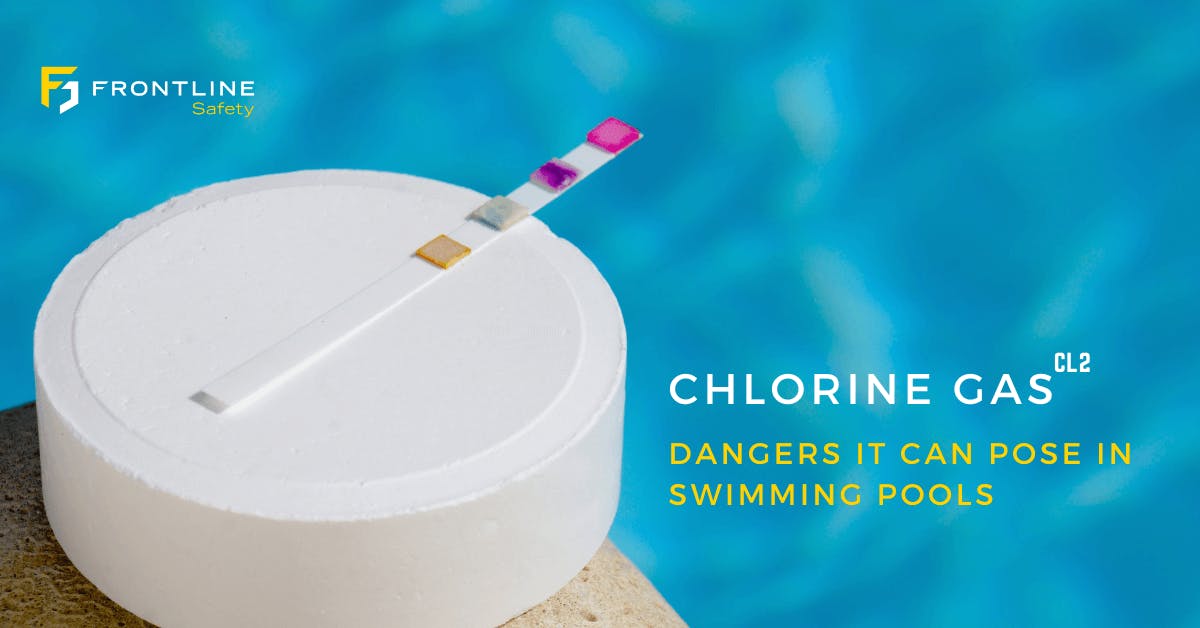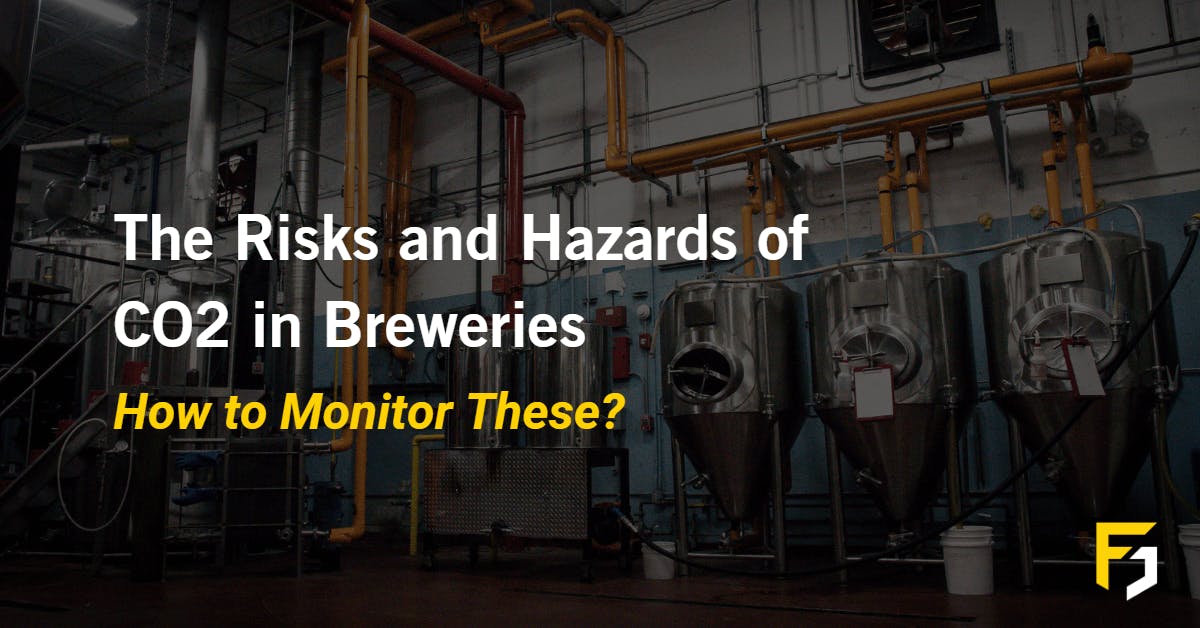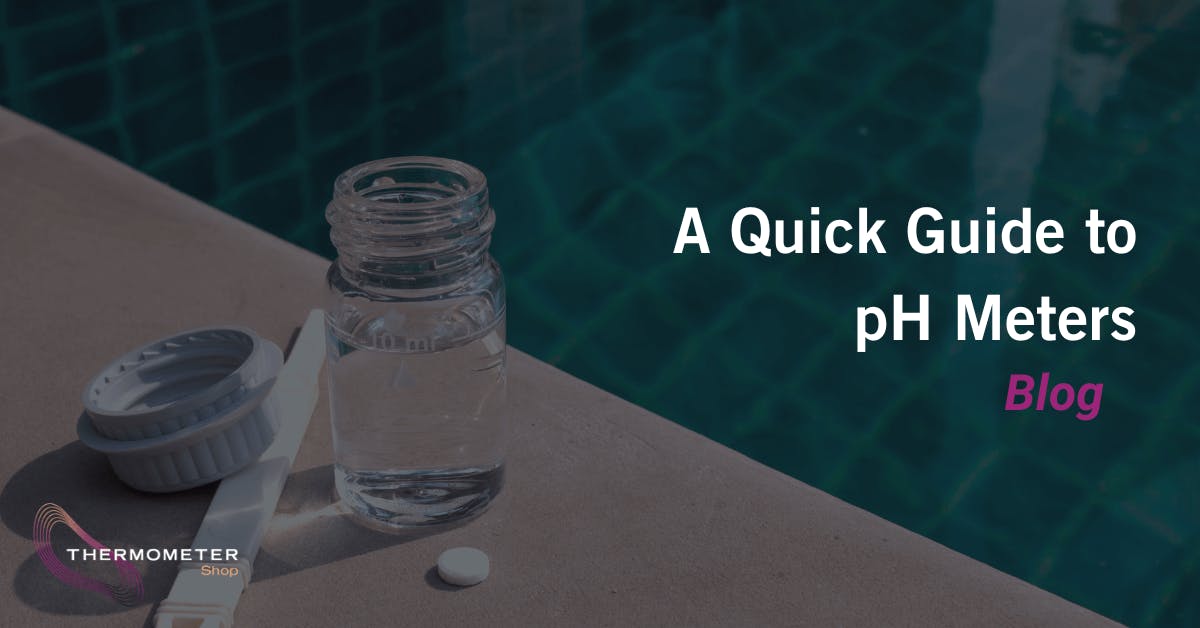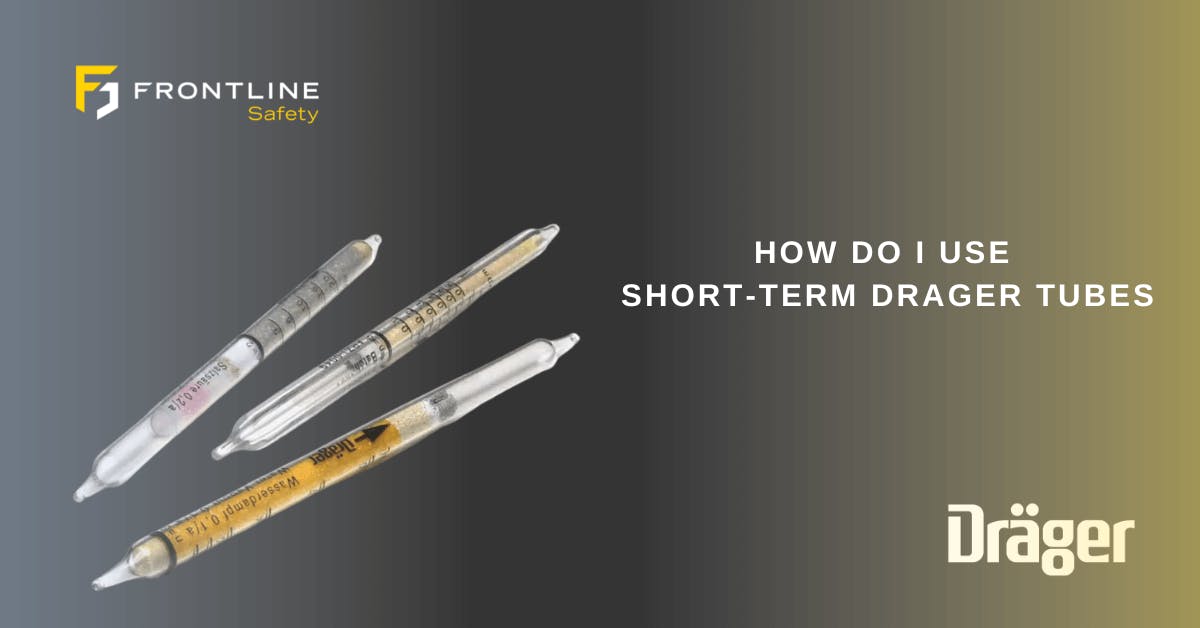
How Do I Clean My Gas Detector?
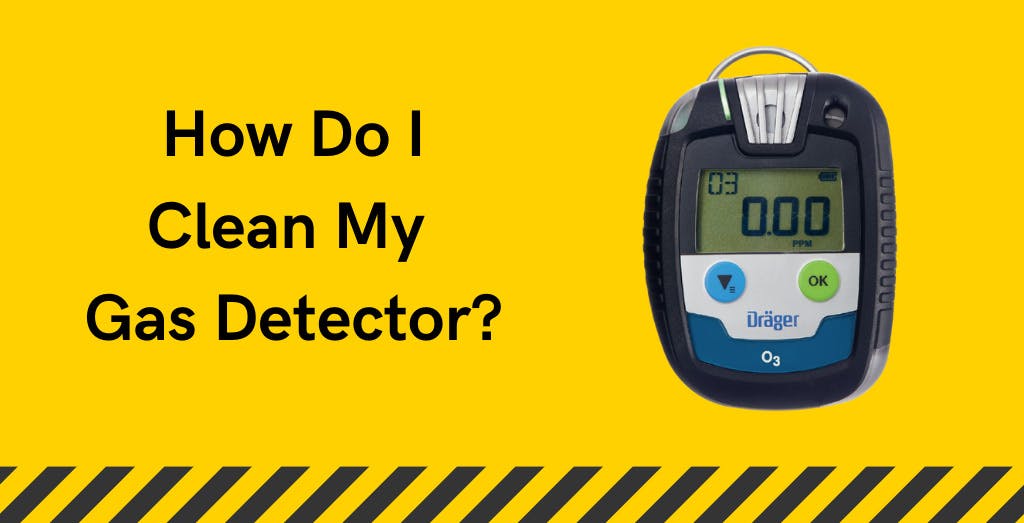
Keeping your gas detector clean should be an important part of ensuring it is compliant and operational. Care should be taken when cleaning as there are several solvents and lubricants within cleaning products that can cause harm to your gas detector. Using these can poison and contaminate your sensors, potentially causing permanent damage to them.

What Do Manufacturers Recommend When It Comes To Cleaning?
Most manufacturers recommend using water-based cleaners or ones which do not contain alcohol. It is suggested that a soft, damp cloth should be enough to clean the exterior of your gas detector, without having to use soaps, polishes, or cleaning solvents.
BW Technologies provide a list of products that should be AVOIDED when cleaning your gas detector or around gas detection sensors:

Why Should I Clean My Gas Detector?
There should be no requirement to use hot water to clean your gas monitor. Drager have tested their range and cold water and a sponge should suffice. Depending on your application, you may need to disinfect your gas detector daily to ensure that:
- 1. No substances left on it that may harm the function of the sensors or the monitor itself
- 2. There is no bacteria left on the detector, that may cause personal harm to your hygiene or immune system
- 3. Contaminants, such as biological substances, are not present on the body of the instrument.
This may be particularly common in industries including wastewater treatment, emergency services and hazmat applications.
Understanding the IP rating of your gas detector may be important as some are more protected from water ingress than others. Over time increased use or subjection to cleaning products means detectors may naturally start to lose their resistance to water. This may result in damage to sensors or the ability to measure gas. It is highly important to take care and carefully select an appropriate method of cleaning.
Cleaning Tips from Drager Safety
Drager Safety offer a few helpful steps to be considered when cleaning:

Once you’ve completed the cleaning process it might be an idea to leave the unit switched off for a short period of time afterwards. When you switch them on you can perform a fresh air test to ensure all sensors are sitting at 0ppm, or in the case of oxygen 20.9%. Be careful with cleaning instruments that may cause damage to things like the sensor filters or the sounders.
Clean Your Gas Detector To Protect Yourself
Hopefully, you have enough information to ensure your gas detection equipment is clean. A big takeaway is to ensure that by going through this process you are protecting yourself. Follow instructions to ensure the gas detector is still functioning and protecting you and be aware of the importance of cleaning for your own health. Personal gas detectors are designed to be worn in your breathing area, near your mouth and nose. Considering the number of contaminants, dirt and vapours that your monitor may endure during a working shift, you should also note that these are also all within your breathing zone.
If you require further information on any of the products that Frontline Safety provides then contact our Sales Team. They are on hand to provide you with additional product information and up to date stock levels. Email us at [email protected] or call us on 0141 771 7749.


